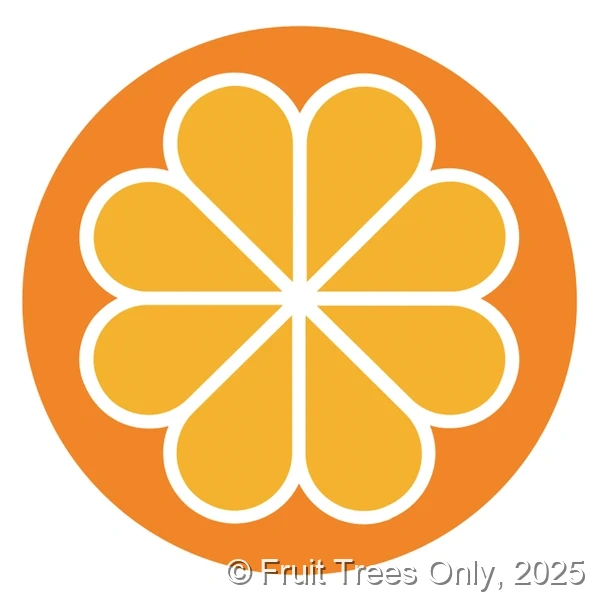Care instructions
Low Chill Hour Varieties of Apple Trees
The Fruit Trees Only team has created comprehensive care guides for customers purchasing low chill hour apple tree varieties like 'Anna', 'Dorsett Golden', and 'Tropic Sweet'. Our guides cover essential tips on site selection, planting, watering, and fertilizing—tailored specifically for the region's warm climate and unique soil conditions. We also provide guidance on pruning and pest management to help ensure healthy tree growth and a bountiful harvest. By equipping buyers with this region-specific information, we aim to help every customer enjoy the beauty and productivity of low chill hour apple trees in their home gardens or orchards.
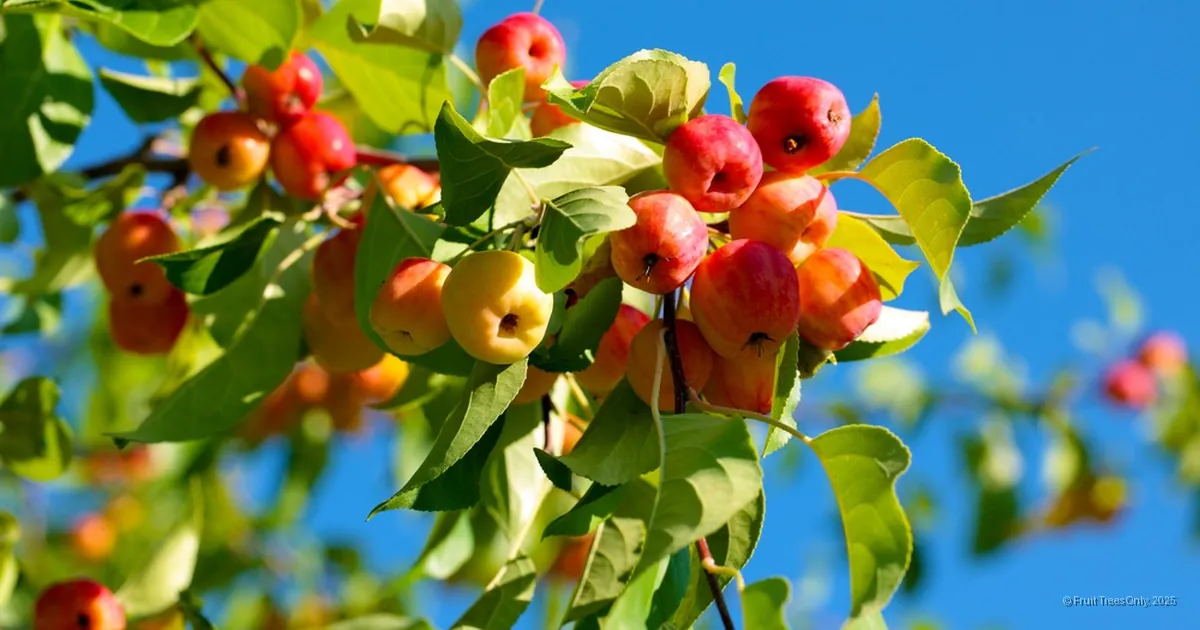
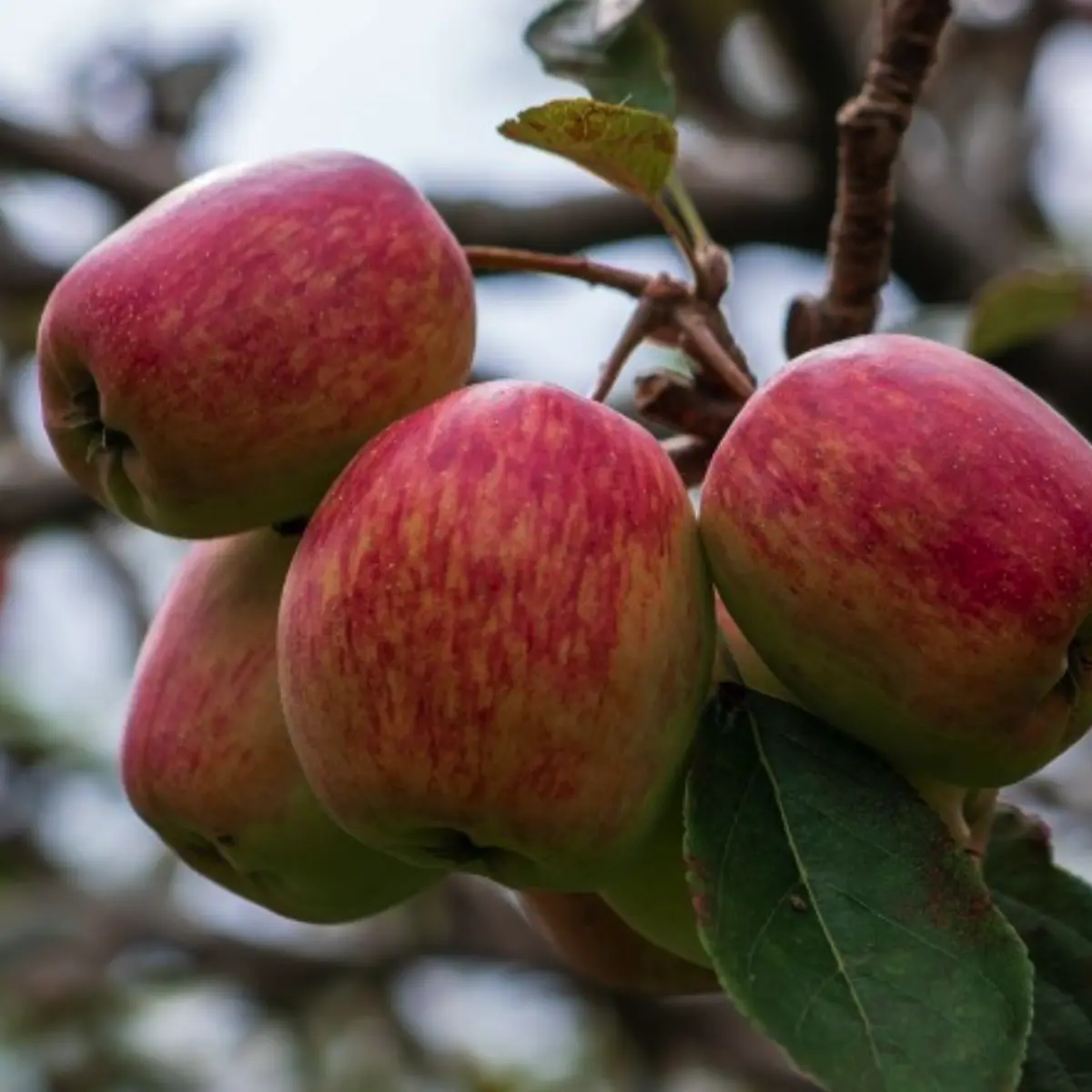
Anna Apple
- Sunlight: Full sun.
- Chill & Cultivars: Use low‑chill cultivars (<400–600 hours) for north & north‑central Florida.
- Soil: Well‑drained; avoid wet sites.
- Watering: Keep evenly moist; irrigate in dry periods especially during fruit set.
- Fertilization: Light, split feeds; avoid excess N which increases fire blight susceptibility.
- Pruning: Train to central/modified leader; winter prune for structure; summer prune to manage vigor.
- Pest/Disease: Monitor for fire blight; remove infected shoots back into healthy wood.
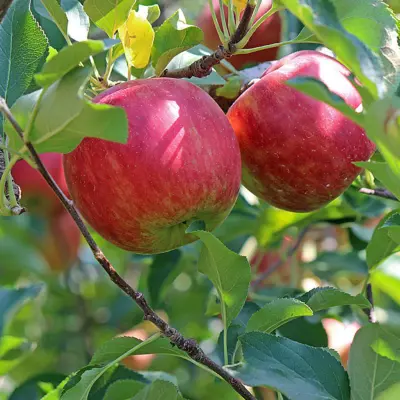
Fuji Apple
- Sunlight: Full sun.
- Chill & Cultivars: Use low‑chill cultivars (<400–600 hours) for north & north‑central Florida.
- Soil: Well‑drained; avoid wet sites.
- Watering: Keep evenly moist; irrigate in dry periods especially during fruit set.
- Fertilization: Light, split feeds; avoid excess N which increases fire blight susceptibility.
- Pruning: Train to central/modified leader; winter prune for structure; summer prune to manage vigor.
- Pest/Disease: Monitor for fire blight; remove infected shoots back into healthy wood.
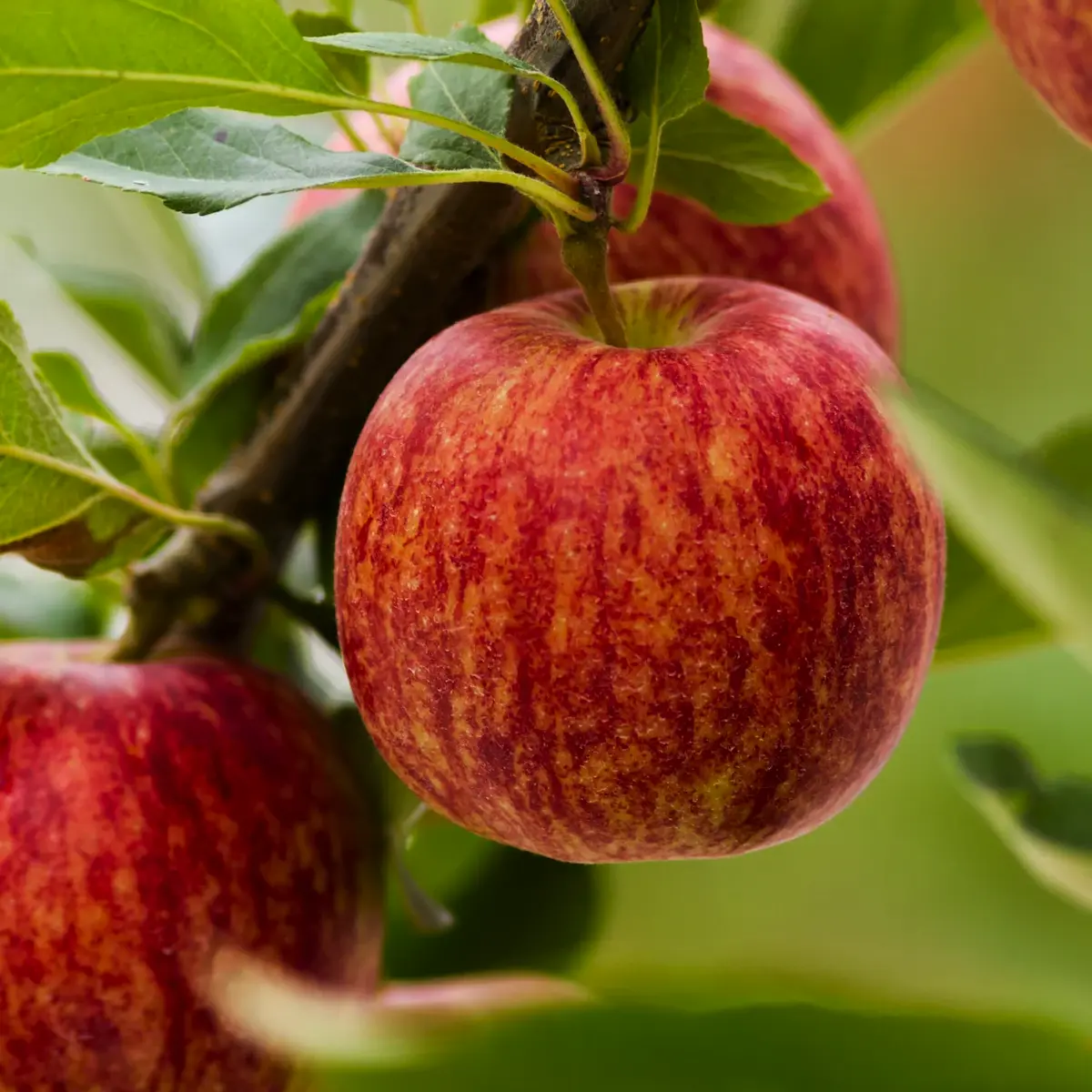
Gala Apple
- Sunlight: Full sun.
- Chill & Cultivars: Use low‑chill cultivars (<400–600 hours) for north & north‑central Florida.
- Soil: Well‑drained; avoid wet sites.
- Watering: Keep evenly moist; irrigate in dry periods especially during fruit set.
- Fertilization: Light, split feeds; avoid excess N which increases fire blight susceptibility.
- Pruning: Train to central/modified leader; winter prune for structure; summer prune to manage vigor.
- Pest/Disease: Monitor for fire blight; remove infected shoots back into healthy wood.
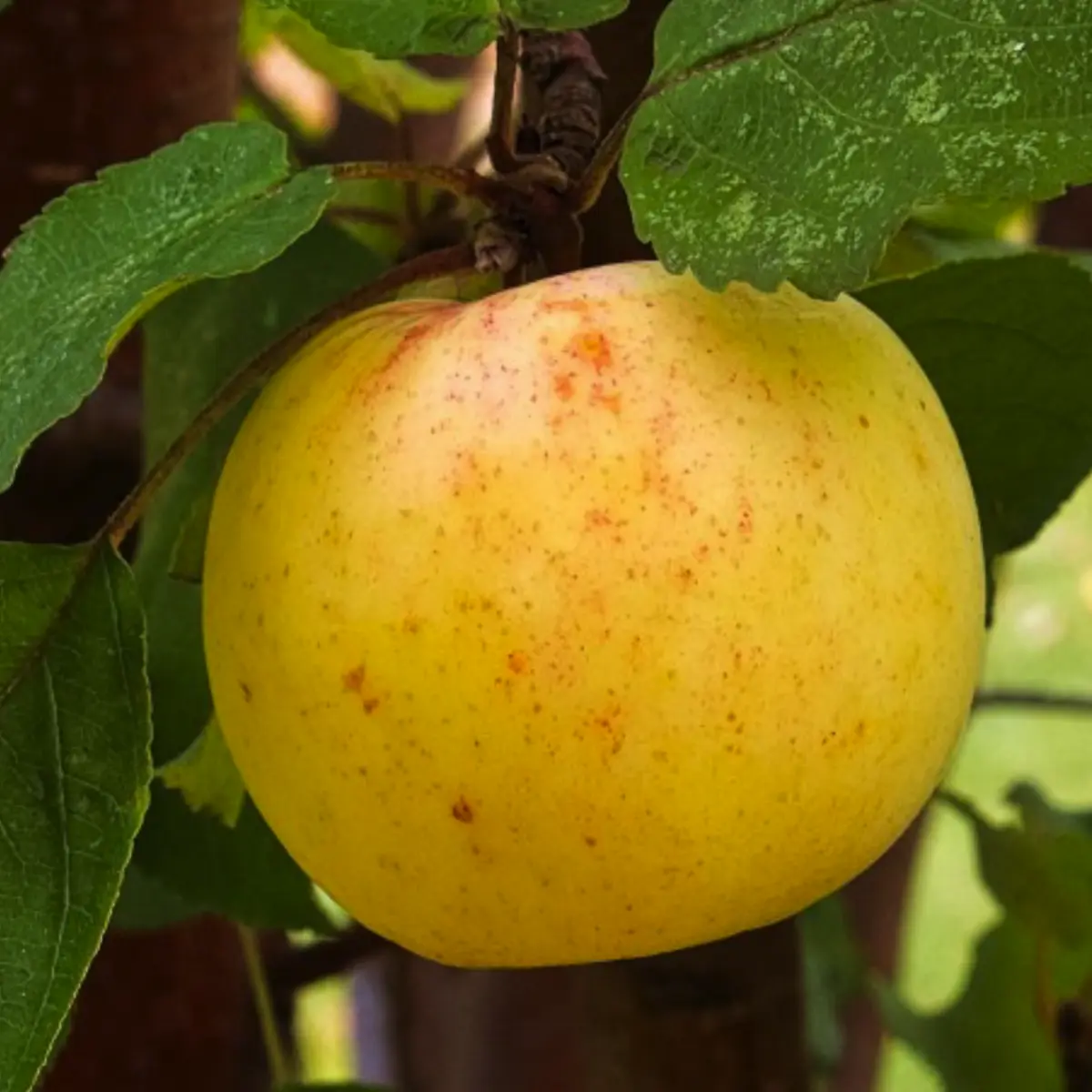
Golden Dorsett Apple
- Sunlight: Full sun.
- Chill & Cultivars: Use low‑chill cultivars (<400–600 hours) for north & north‑central Florida.
- Soil: Well‑drained; avoid wet sites.
- Watering: Keep evenly moist; irrigate in dry periods especially during fruit set.
- Fertilization: Light, split feeds; avoid excess N which increases fire blight susceptibility.
- Pruning: Train to central/modified leader; winter prune for structure; summer prune to manage vigor.
- Pest/Disease: Monitor for fire blight; remove infected shoots back into healthy wood.
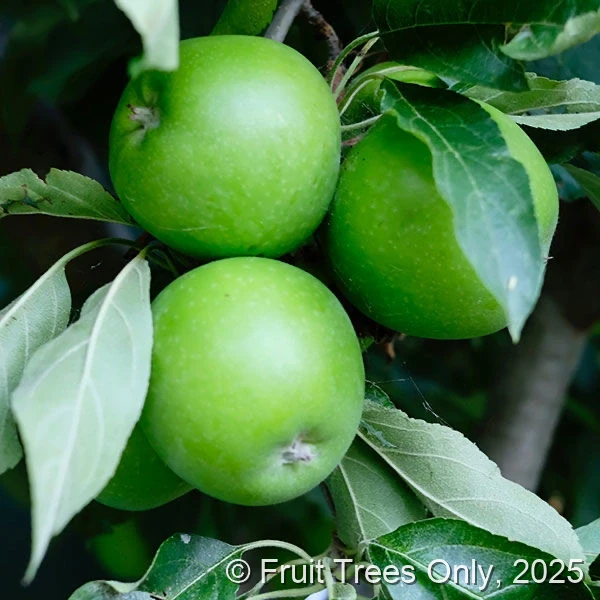
Granny Smith Apple
- Sunlight: Full sun.
- Chill & Cultivars: Use low‑chill cultivars (<400–600 hours) for north & north‑central Florida.
- Soil: Well‑drained; avoid wet sites.
- Watering: Keep evenly moist; irrigate in dry periods especially during fruit set.
- Fertilization: Light, split feeds; avoid excess N which increases fire blight susceptibility.
- Pruning: Train to central/modified leader; winter prune for structure; summer prune to manage vigor.
- Pest/Disease: Monitor for fire blight; remove infected shoots back into healthy wood.
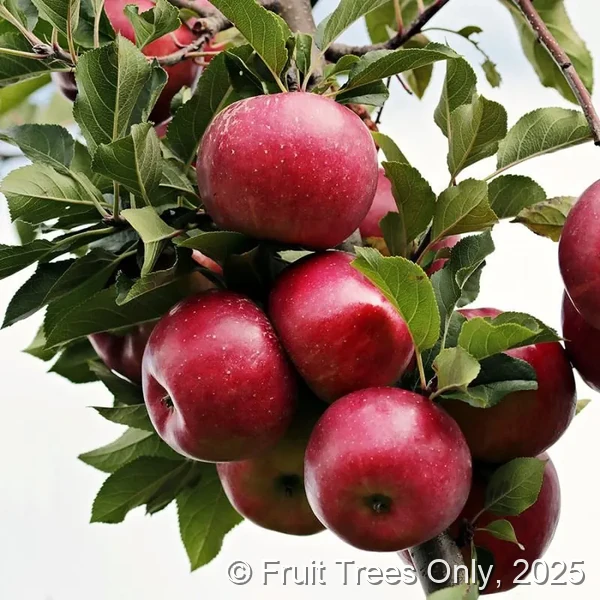
Liberty Apple
- Sunlight: Full sun.
- Chill & Cultivars: Use low‑chill cultivars (<400–600 hours) for north & north‑central Florida.
- Soil: Well‑drained; avoid wet sites.
- Watering: Keep evenly moist; irrigate in dry periods especially during fruit set.
- Fertilization: Light, split feeds; avoid excess N which increases fire blight susceptibility.
- Pruning: Train to central/modified leader; winter prune for structure; summer prune to manage vigor.
- Pest/Disease: Monitor for fire blight; remove infected shoots back into healthy wood.

Pink Lady Apple
- Sunlight: Full sun.
- Chill & Cultivars: Use low‑chill cultivars (<400–600 hours) for north & north‑central Florida.
- Soil: Well‑drained; avoid wet sites.
- Watering: Keep evenly moist; irrigate in dry periods especially during fruit set.
- Fertilization: Light, split feeds; avoid excess N which increases fire blight susceptibility.
- Pruning: Train to central/modified leader; winter prune for structure; summer prune to manage vigor.
- Pest/Disease: Monitor for fire blight; remove infected shoots back into healthy wood.
